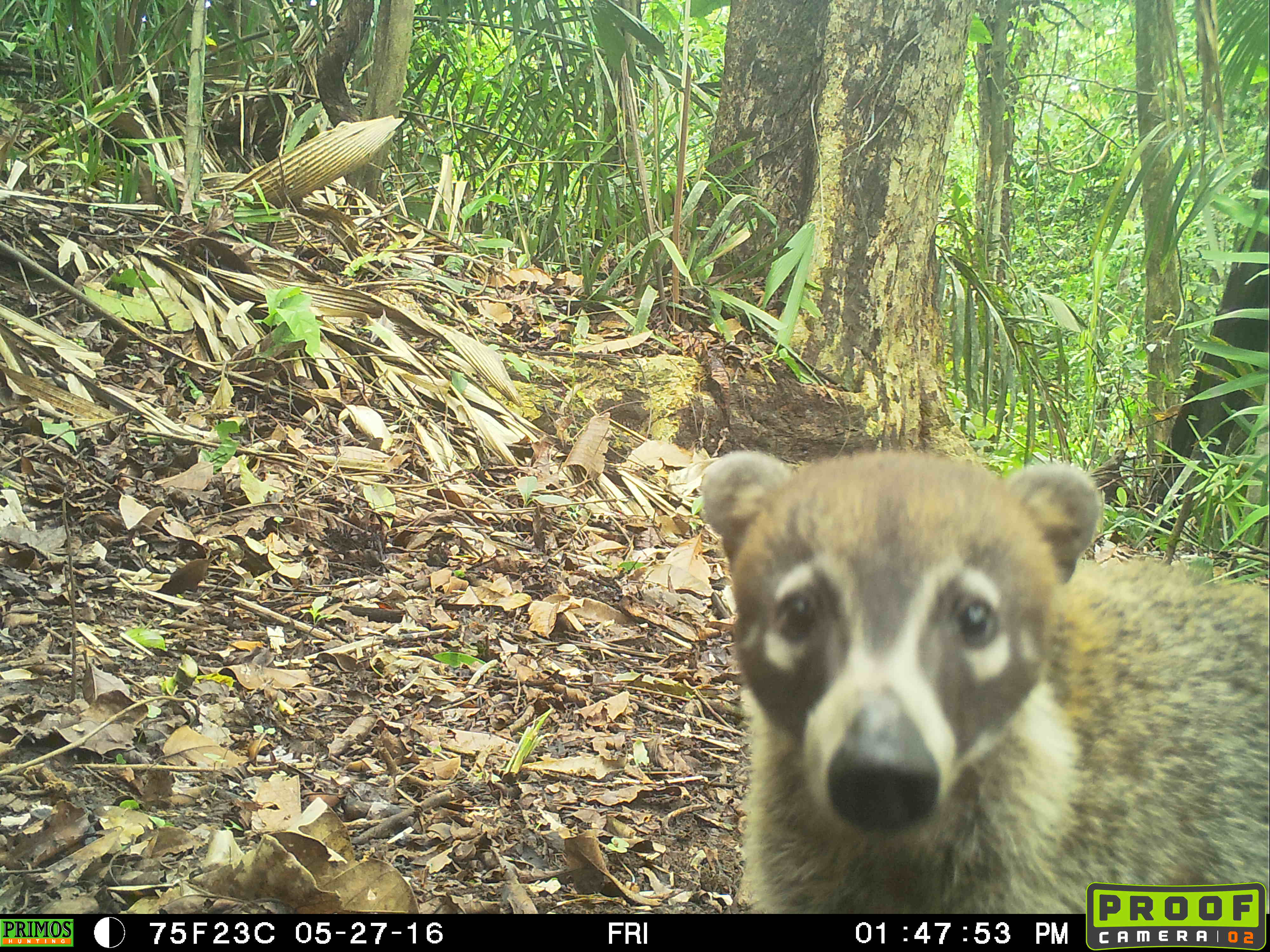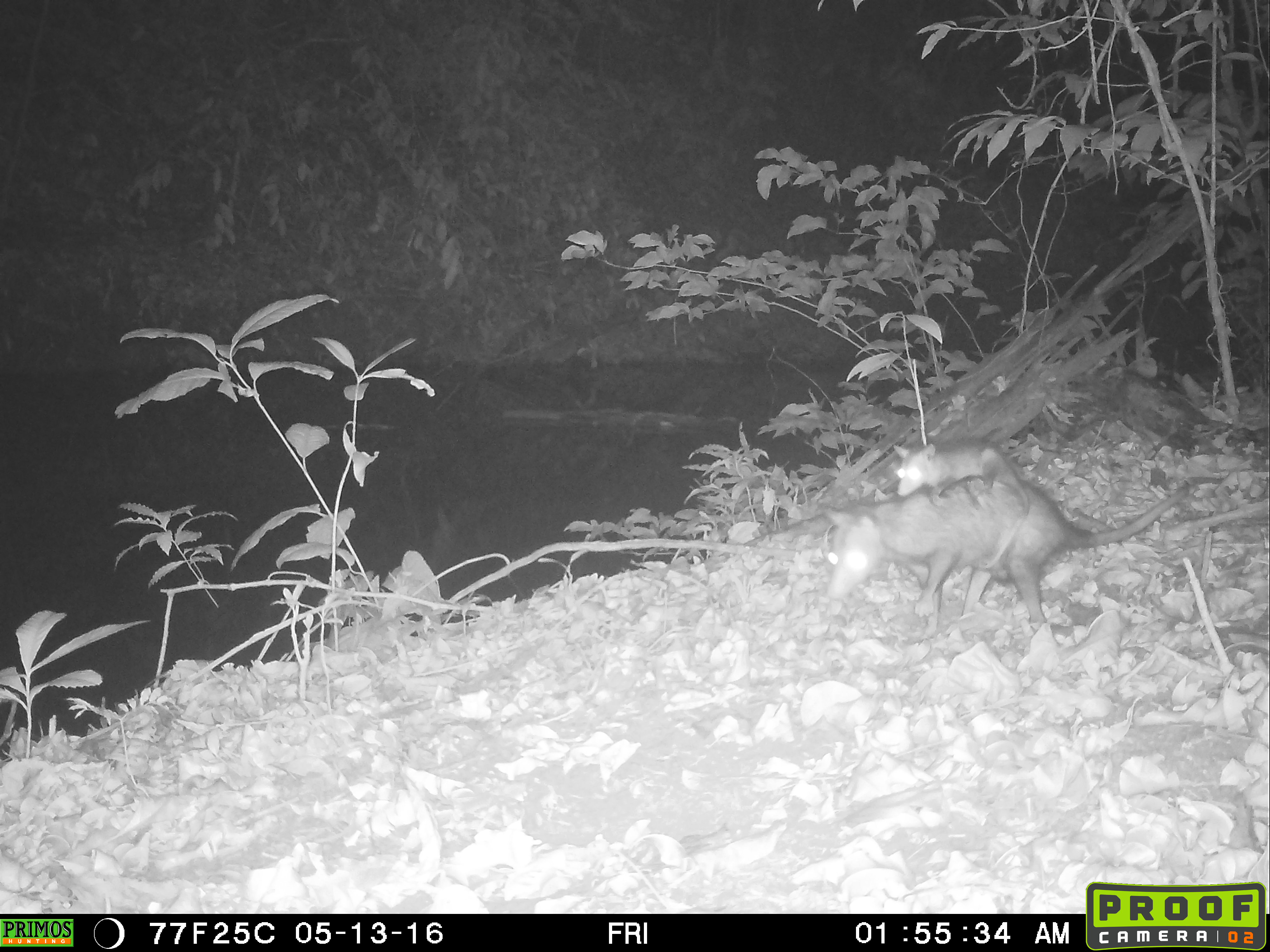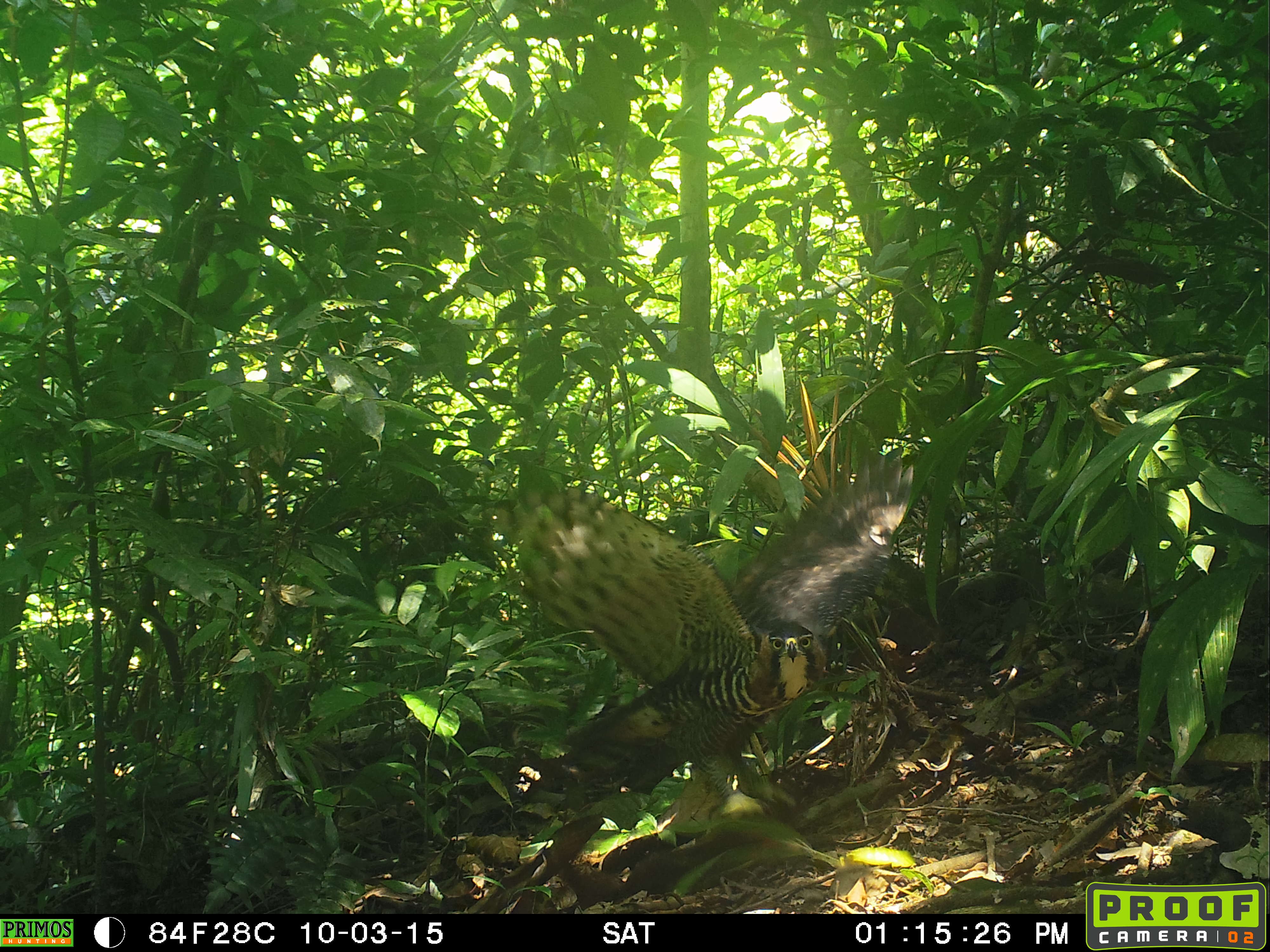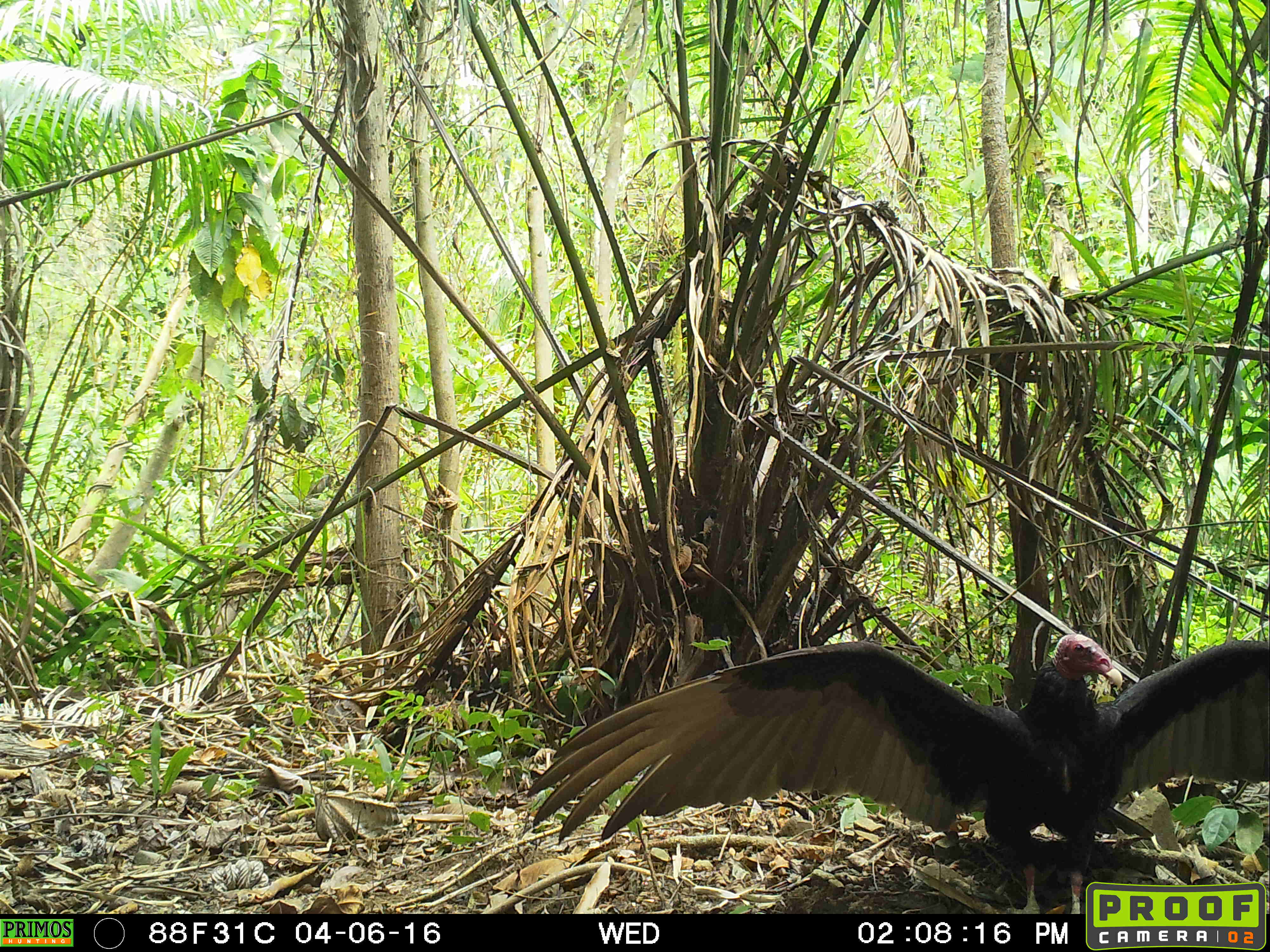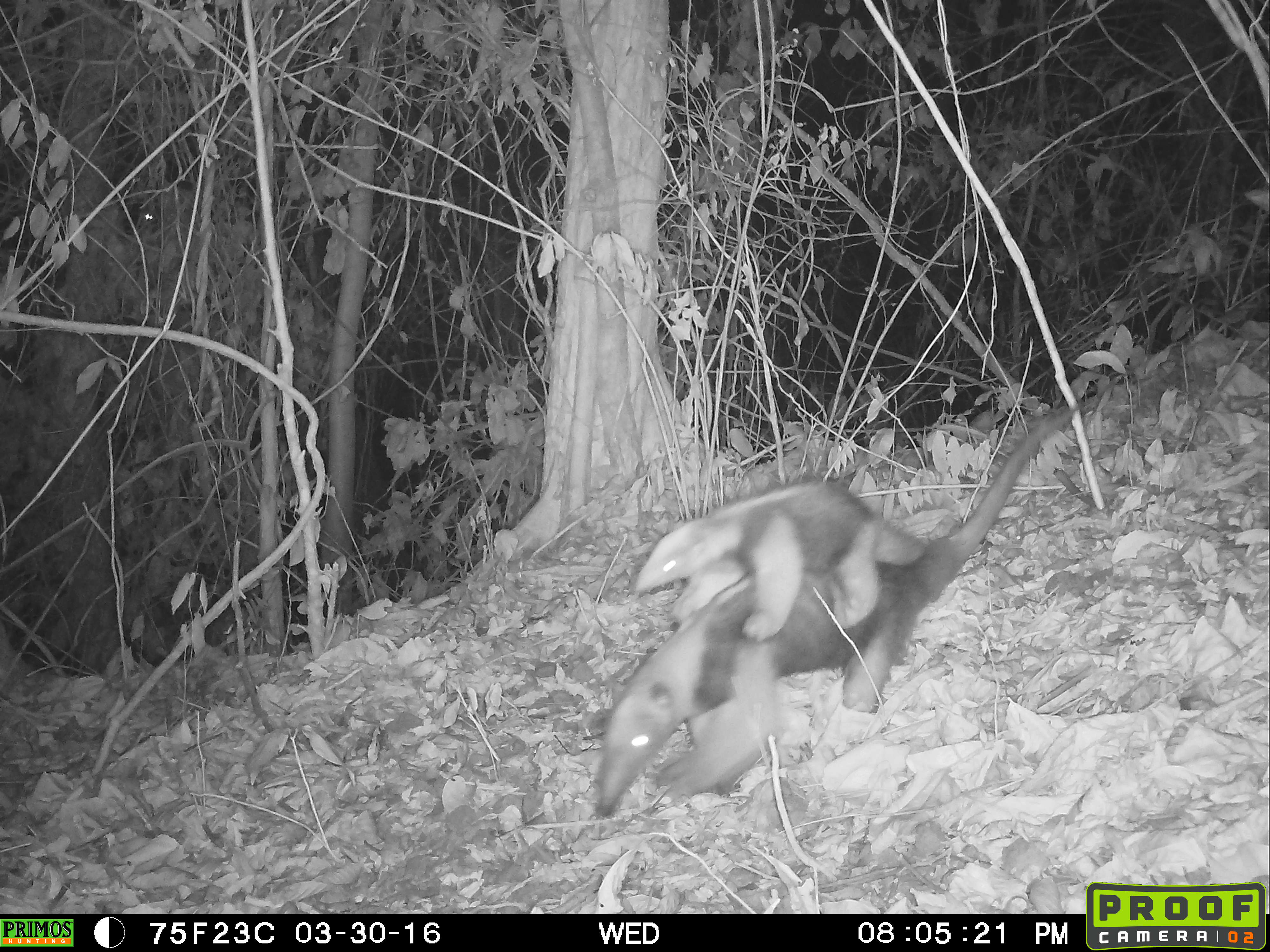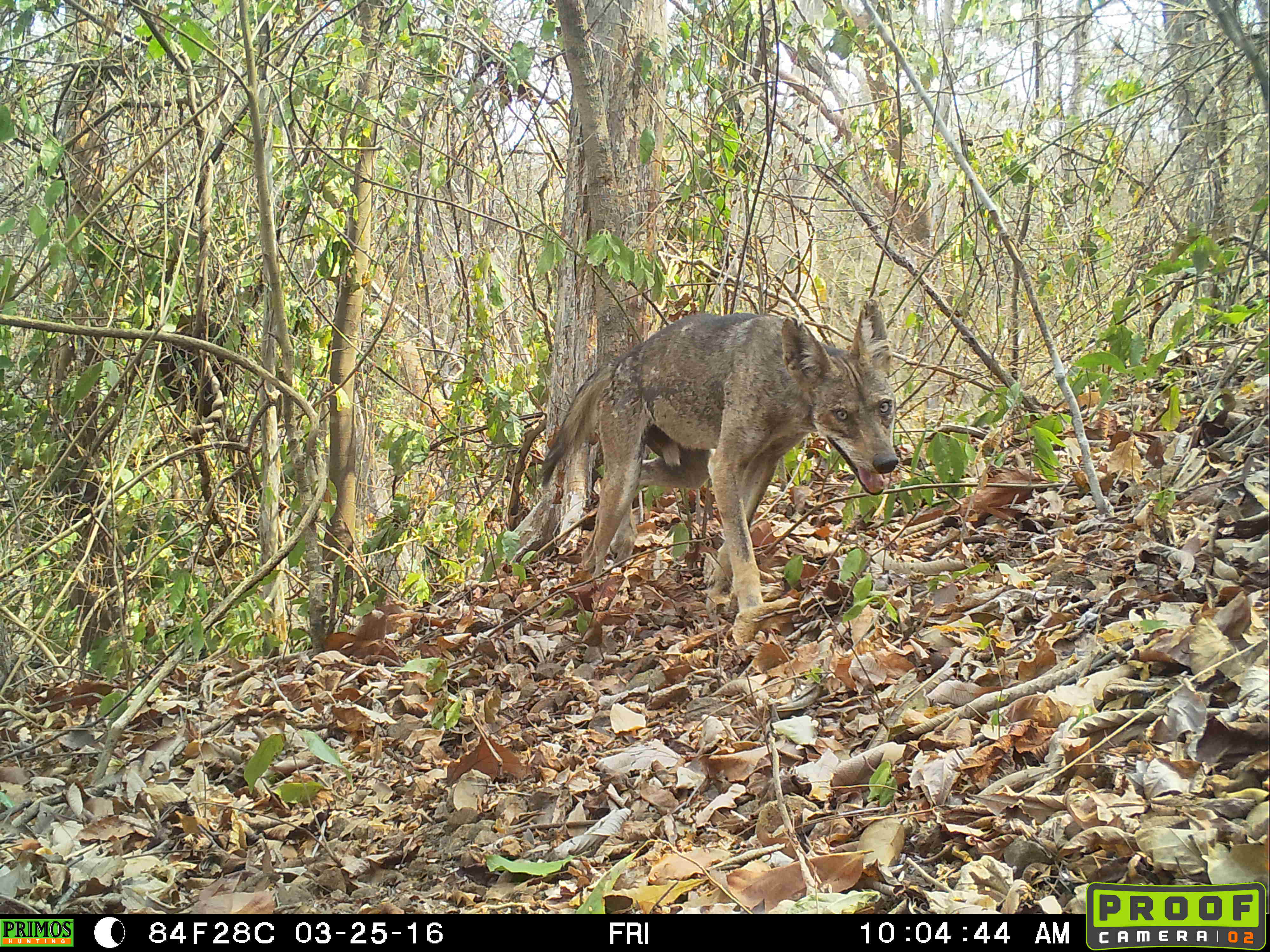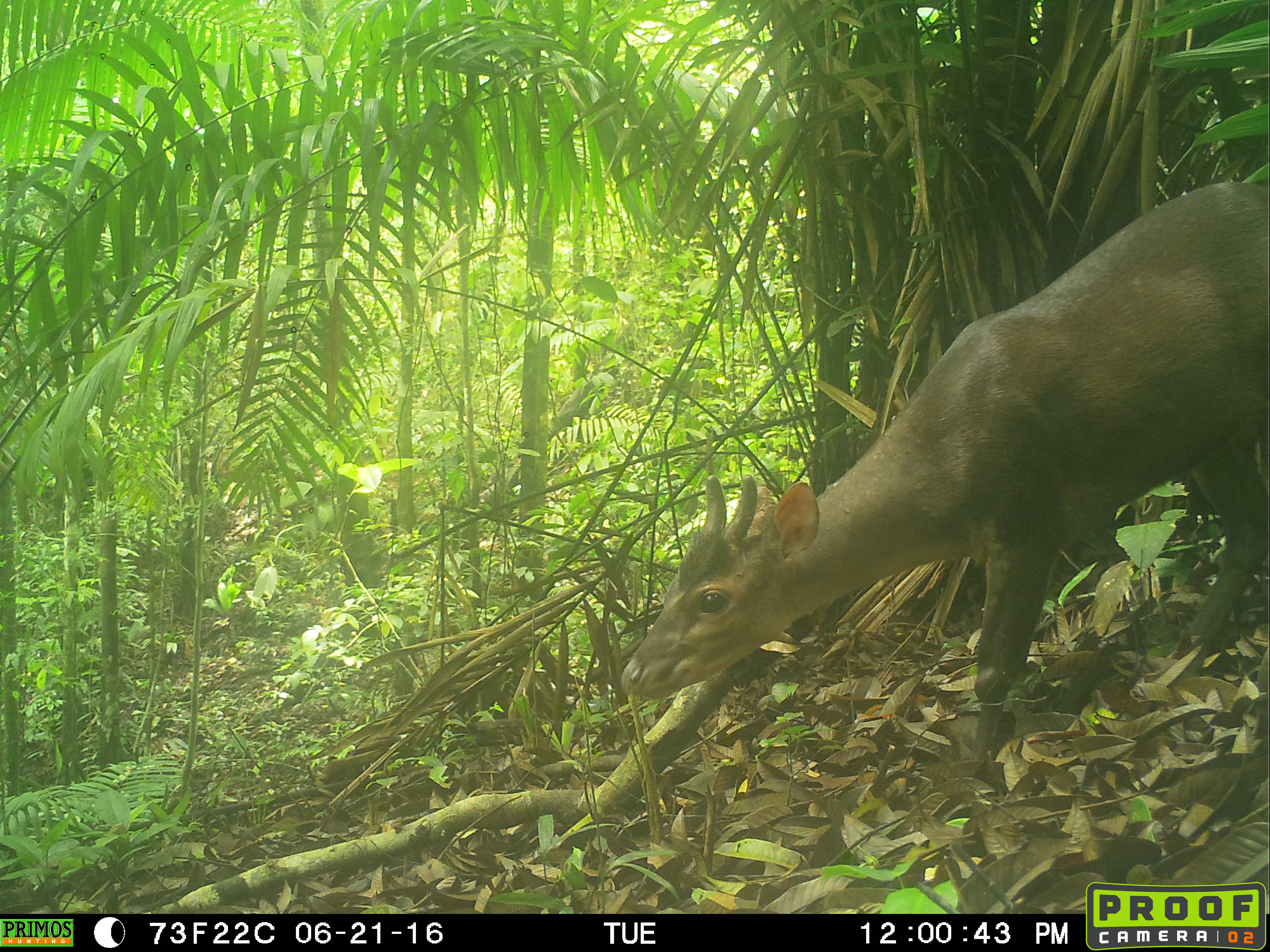Panama: Ticks & Climate Change
This study took place from August 2015 to August 2016 as part of a larger project aiming to assess the potential effects of climate change on tick-borne disease ecology in Panama. Sampling efforts took place along a precipitation gradient across Central Panama and included tick surveys, tick survival enclosures, and camera trap deployments. The primary intention of the camera trapping was to evaluate correlations between biotic factors (vertebrate host richness, relative abundance of species across the sites) and tick abundance and species composition. At each site, nine camera traps were deployed in one of three randomly placed grids (3x3, each camera separated by 500m) at each site. After approximately one month of deployment, cameras were moved to a different grid. In total, each grid at each site (9 grids total) was sampled twice. As the grids were placed randomly in each park, camera placements were at varying distances from roads or trails, with the closest and furthest placements ranging from 20m to 1500m, respectively. In total, traps were run for a total of 5520 camera trap nights. No bait was used.

